|
Last week's blog post generated quite a bit of interest. Thank you very much for all your comments! And now on to the second part of the experiment: can you replicate the high goldthread count (30-70 threads per centimetre) seen on the imperial vestments with modern-day materials? Yes, we can :). Let me show you what I did. As the Imperial Vestments have goldwork embroidery stitched on samite without a linen backing, I decided to use samite without a backing too. I used a reproduction 100% silk samite from Sartor. A piece of the original 8th-century Byzantine fabric is held at the Hermitage in St. Petersburg, Russia. All my slate frames were already in use, so I used a 10 cm hoop with both rings taped. Using a small hoop ensures that I can still get quite a high tension (which is tricky with samite as it shreds easily on two of its sides due to the type of weave). The goldthread used in the experiments, to my knowledge, is the thinnest passing thread that is commercially available: Stech 50/60 made by M.Maurer, Vienna, Austria. This gilt thread has a diameter of c. 0.15 mm. In an ideal world, you would thus be able to pack 66 threads parallel to each other to cover a centimetre. For the first experiment, I used a #6 DeVere Yarns silk thread. I was able to stitch 33 parallel threads per centimetre. Not bad at all! However, I did notice that, although a #6 thread is rather fine, the silk was a bit bulky compared to the fine passing thread. When I looked at the detailed pictures in: Kaiser Gewänder im Wandel- goldgestickte Vergangenheitsinzenierung by Tanja Kohwagner-Nikolai, I noticed that the silk used was a bit finer. For my next experiment, I used the same fine passing thread and historical samite reproduction fabric, but opted for a finer silk thread: Chinese flat silk split into 8 equal parts. I did the splitting of the silk filaments by eye and did not count them out. Some strands ended up a bit fatter than others which gave a pleasant liveliness to the hue of the gold and couching stitches. This time I was able to pack in 40 parallel goldthreads per centimetre. This is well within the range of 30-70 goldthreads. Getting to the top-end is not possible with this goldthread. It will only do a maximum of 66 threads without the bulk of the silk. In the two macro pictures below, you can clearly see that the bulk of the DeVere silk pushes the goldthreads slightly apart. How fine does the goldthread need to be to get to 70 threads per centimetre? Well, I did 40 threads with a thread that can do 66 as its maximum. Apply simple maths and you arrive at a passing thread that needs to be about 0.087 mm thick. The vintage Japanese pure goldthread I have in my stash has a thickness of 0.08 mm. As it is so expensive and so rare, I am not quite ready to use it in an experiment :).
22 Comments
Marina
11/10/2021 17:03:19
Wow, really impressive! Congrats, this is really fabulous!
Reply
11/10/2021 17:21:50
Thank you, Marina! I just took out my contact lenses and off I went.
Reply
Nancy B
11/10/2021 17:34:58
Ha! I'm also at the point where I'm better off without my contacts and reading glasses... The "eyes" have it!
Mary Doerder
11/10/2021 17:08:35
Great Job!!!!
Reply
Ann Hamilton
11/10/2021 17:47:07
Very interesting experiment. I don't blame you for not wanting to experiment with your vintage gold.
Reply
Melody Mcmath
11/10/2021 17:47:08
The Japanese Embroidery Center has has superfine gold thread. I think it is 0.8. Maybe worth a try?
Reply
11/10/2021 18:21:26
Thanks, Melody! I have some of that stuff :). Ordering from the JEC is a bit of a problem as the shipping costs are outragious.
Reply
Emily Adams
12/10/2021 03:51:41
I wonder if your US embroidery friends might be able to help you out there? 😃 I've ordered JEC threads several times - I wonder what the shipping costs would be coming from a domestic shipment if I "just so happened" to order some extra gold threads next time...
Linda Hadden
11/10/2021 19:33:21
WOW Jessica, that's amazing. Keep the vintage gold, too precious for an experiment x
Reply
11/10/2021 19:51:53
Thank you, Linda! Once I've completely understood the stitching on the Imperial Vestments, I will use the real goldthread for a recreation. And I want some lead white or orpiment for the drawing of the design too. I don't care that both are poisonous :).
Reply
Leslie bratschi
11/10/2021 21:42:28
How do you work without a magnifying glass and if you do use a magnifier what do you use and what kind of light do you useyor work is utterly amazing
Reply
11/10/2021 21:46:27
Thank you, Leslie! For this particular set of samples, I took out my contact lenses and worked under daylight strip-light that is up at the ceiling.
Reply
Emily Adams
12/10/2021 03:54:29
What an exciting experiment - thank you for sharing!
Reply
12/10/2021 07:21:34
Thank you, Emily! I just knew that it must be possible to get into that range with modern materials.
Reply
Coral SMART
12/10/2021 06:28:14
Hello from Western Australia. I have come in at the end but was wondering can you get a finer red couching thread. It might stop the couched thread from having gaps.
Reply
12/10/2021 07:25:01
Hi Carol,
Reply
Cindy Jackson
12/10/2021 13:48:14
Hi Jessica
Reply
12/10/2021 14:23:00
Thank you, Cindy! I don't know the measurements of the original yet. They probably will get published in the third volume on these vestments.
Reply
13/10/2021 08:33:47
Thank you, Rachel! When I looked at the macro picture, I knew what the „problem“ was.
Reply
Your comment will be posted after it is approved.
Leave a Reply. |
Want to keep up with my embroidery adventures? Sign up for my weekly Newsletter to get notified of new blogs, courses and workshops!
Liked my blog? Please consider making a donation or becoming a Patron so that I can keep up the good work and my blog ad-free!
Categories
All
Archives
July 2024
|
Contact: info(at)jessicagrimm.com
Copyright Dr Jessica M. Grimm - Mandlweg 3, 82488 Ettal, Deutschland - +49(0)8822 2782219 (Monday, Tuesday, Friday & Saturday 9.00-17.00 CET)
Impressum - Legal Notice - Datenschutzerklärung - Privacy Policy - Webshop ABG - Widerrufsrecht - Disclaimer
Copyright Dr Jessica M. Grimm - Mandlweg 3, 82488 Ettal, Deutschland - +49(0)8822 2782219 (Monday, Tuesday, Friday & Saturday 9.00-17.00 CET)
Impressum - Legal Notice - Datenschutzerklärung - Privacy Policy - Webshop ABG - Widerrufsrecht - Disclaimer

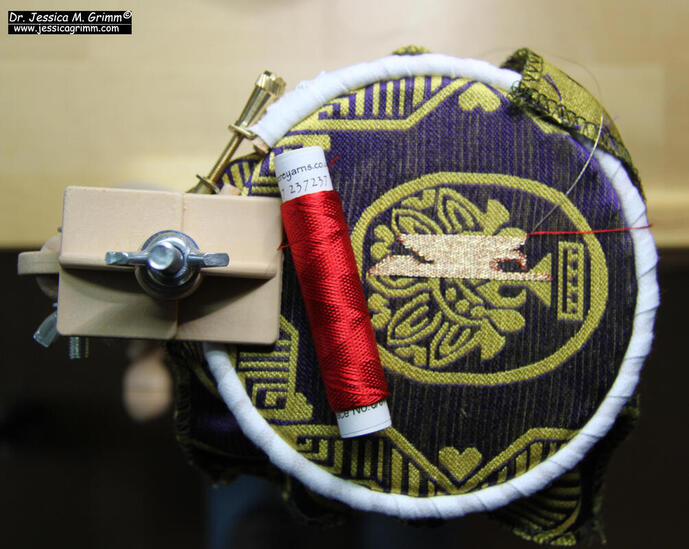
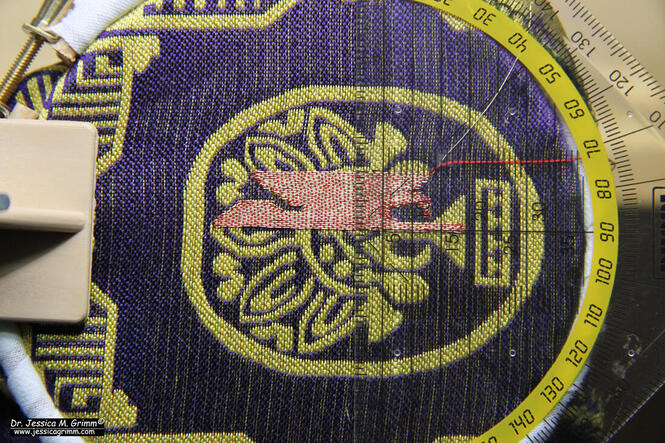
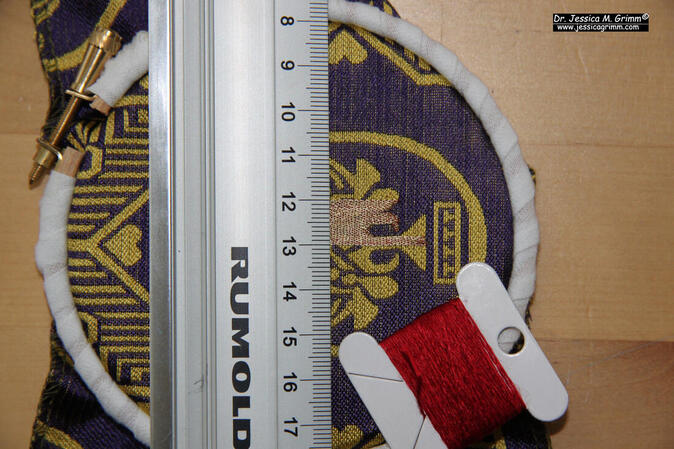
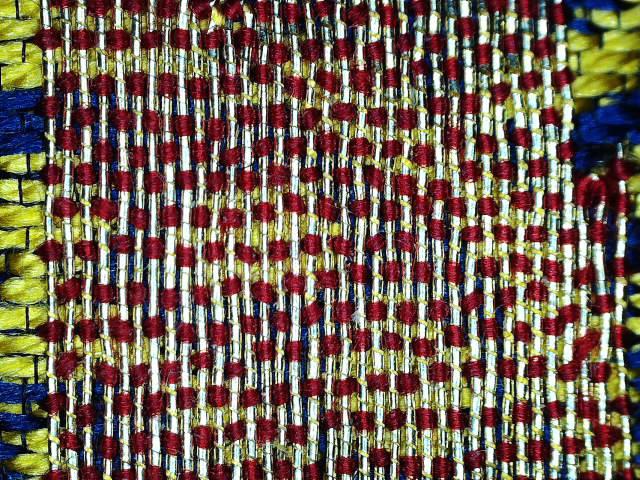
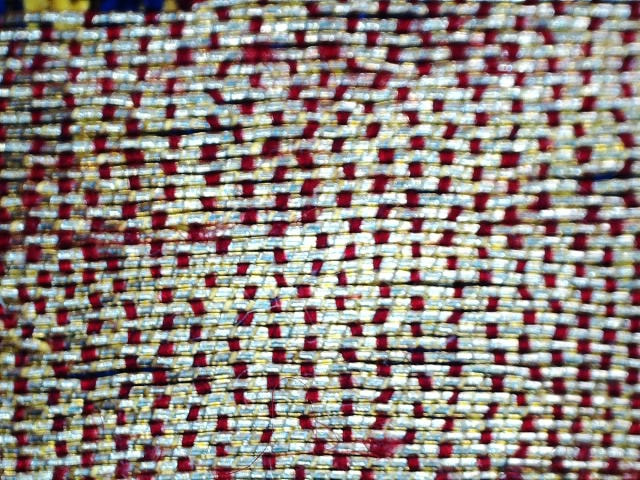





 RSS Feed
RSS Feed